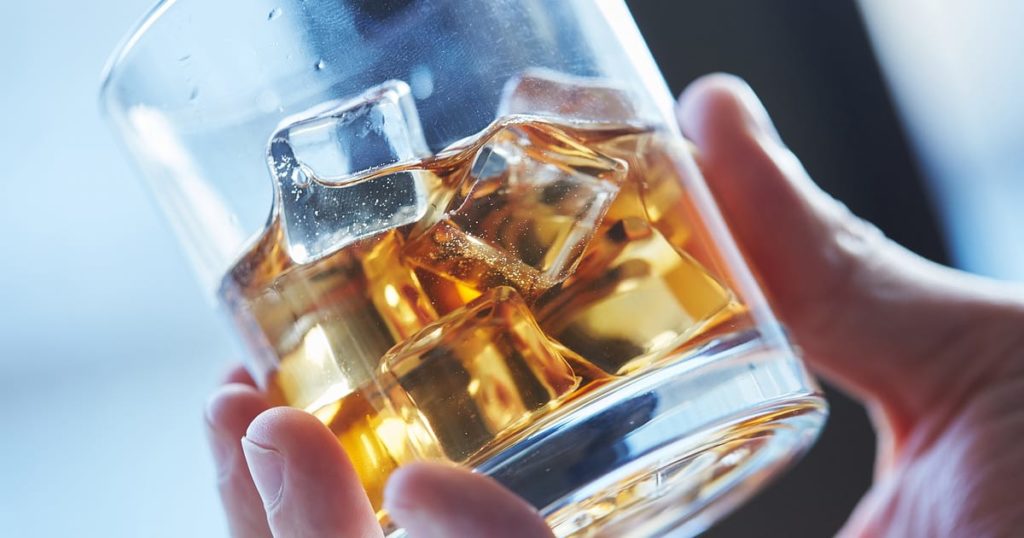Significant numbers of Americans get rapidly intoxicated every day by going on short-term alcohol binges. In Texas, which is the state with the highest number of alcohol-related traffic deaths, binge drinking has very real consequences. Let’s examine the latest available figures, published in 2016.
Binge Drinking Fundamentals
An alcohol binge occurs whenever you consume alcohol at a pace that makes you legally drunk within two hours or less. This means that the symptoms of binge drinking are the same as the symptoms of serious intoxication in general, including:
- A diminished ability to properly coordinate your muscles
- A significantly impaired ability to use your higher-level mental functions (e.g., memory, logical thinking, impulse control and judgment), and
- A decreased ability to identify and react to dangerous situations
Binge drinkers, until they seek professional treatment, present a very real threat to themselves and others. Specific personal and social harms associated with alcohol binges include everything from physical assault and sexual assault to alcohol poisoning and motor vehicle accidents.
Alcohol-Related Deaths in Texas
In Texas and other states throughout the country, the symptoms of binge drinking often translate indirectly into a substantially increased rate of traffic fatalities. In 2016, the Texas Department of Transportation and the National Highway Traffic Safety Administration released the latest figures for such fatalities. These figures actually cover the year 2015. That year, Texas led the nation in the sheer number of DUI-related motor vehicle deaths, with a total of 1,323 people killed. This number equates to one in 10 of all such deaths in the country as a whole. Texas also ranked third in another important statistical category: the percentage of all traffic deaths attributable to alcohol use (38%). It’s impossible to tell exactly how much binge drinking contributes to Texas’ extraordinarily high number of alcohol-related traffic fatalities. This is true, in no small part, because no one can tell in the aftermath of a crash exactly how much time it took for its victims to get drunk. Still, given the known connection between binging on alcohol and the chances of getting into a motor vehicle accident, we can safely assume that alcohol binges play a major role in the state’s alarming statistics.
Sources
National Highway Traffic Safety Administration: State Traffic Safety Information for Year 2015 https://cdan.nhtsa.gov/stsi.htm Texas Department of Transportation: DUI (Alcohol) Crashes and Injuries – Cities and Towns – 2015 https://ftp.dot.state.tx.us/pub/txdot-info/trf/crash_statistics/2015/40.pdf Centers for Disease Control and Prevention: Fact Sheets – Binge Drinking https://www.cdc.gov/alcohol/fact-sheets/binge-drinking.htm






